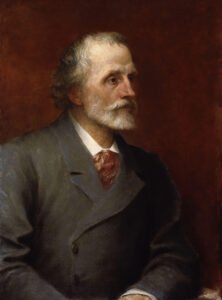
The Edwardian era, spanning from 1901 to 1910 during the reign of King Edward VII, marked a transition from the Victorian age’s strict social norms to a period of greater social awareness, artistic exploration, and cultural change. Literature from this time reflects the complexities of a society on the brink of modernity, dealing with themes of class conflict, individualism, and the consequences of industrialization. Below are ten of the most celebrated novels from this period, each offering a unique glimpse into the concerns and imagination of the time.
1. The Forsyte Saga by John Galsworthy
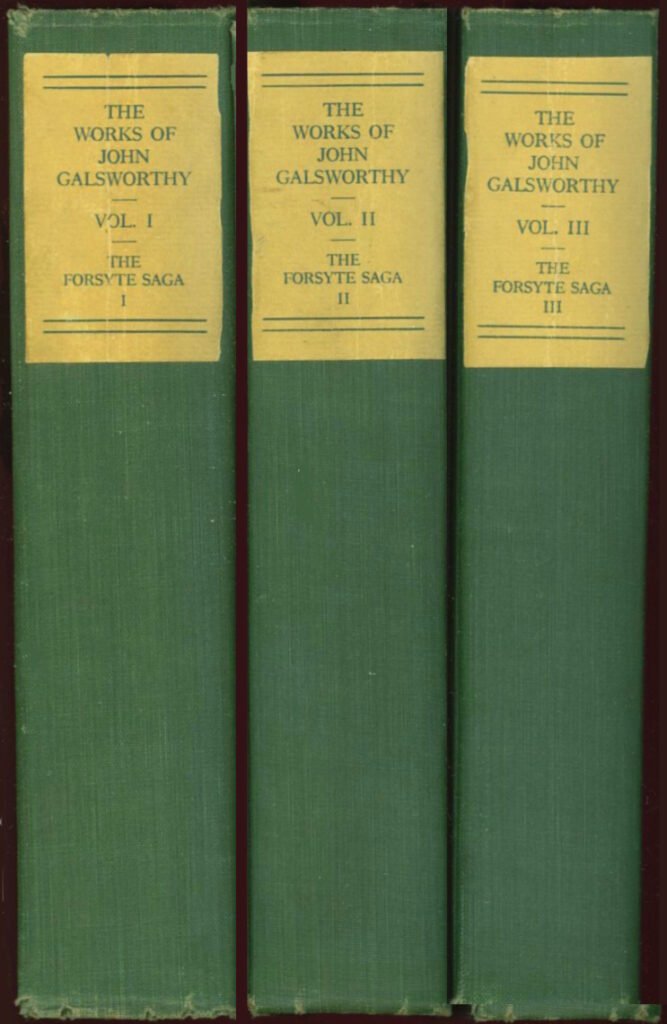
The Forsyte Saga is a monumental work that chronicles the lives of the Forsyte family, a wealthy and influential clan in late 19th and early 20th century England. Galsworthy’s narrative spans several generations, providing a detailed portrayal of Victorian and Edwardian society’s changing values. The saga delves into themes of property, social mobility, and the complexities of marriage and family. Through characters like Soames Forsyte, a man obsessed with wealth and control, and Irene, his wife, who longs for freedom, Galsworthy examines the conflict between old traditions and new aspirations. The trilogy, consisting of The Man of Property, In Chancery, and To Let, offers a comprehensive look at the moral and social dilemmas faced by the upper-middle class during a time of significant change.
2. Howard’s End by E.M. Forster

Howard’s End is a powerful exploration of class and social connections in Edwardian England. The novel follows the intersecting lives of the Schlegel sisters, Margaret and Helen, who represent intellectual and liberal ideals, and the Wilcoxes, a wealthy, conservative family. At the heart of the story is the titular house, Howard’s End, symbolizing England’s uncertain future. Forster uses the house as a metaphor for the nation, questioning who will inherit England as the old ways of life begin to fade. The novel’s themes of class struggle, the conflict between materialism and idealism, and the importance of human connection resonate deeply with the social dynamics of the Edwardian period.
3. The Secret Garden by Frances Hodgson Burnett

The Secret Garden is a beloved children’s novel that transcends its target audience to explore themes of healing, growth, and the power of nature. The story centers on Mary Lennox, a spoiled and neglected child who is sent to live with her uncle in Yorkshire after her parents’ death. In her uncle’s vast, gloomy estate, she discovers a hidden, neglected garden. As Mary brings the garden back to life, she undergoes a transformation herself, learning the value of friendship, kindness, and nurturing. Burnett’s novel reflects the Edwardian interest in the restorative powers of nature and the idea of self-improvement, making it a timeless tale of personal growth and redemption.
4. The House of Mirth by Edith Wharton
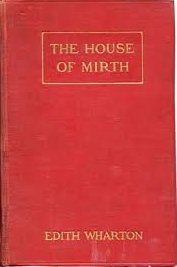
The House of Mirth is a scathing critique of the rigid social structures and materialism of New York’s high society at the turn of the century. The novel follows Lily Bart, a beautiful but impoverished woman who is trapped in a web of societal expectations and her own desire for luxury. Wharton skillfully portrays Lily’s downward spiral as she struggles to secure a wealthy husband, only to find herself increasingly isolated and desperate. Through Lily’s tragic story, Wharton explores themes of social mobility, the role of women, and the moral compromises required to survive in a world where appearance and wealth are valued above all else. The novel remains a powerful commentary on the human cost of societal pressures.
5. The Call of the Wild by Jack London

The Call of the Wild is a gripping adventure novel that explores the harsh realities of survival and the primal instincts that lie beneath civilization. The story follows Buck, a domesticated dog who is stolen from his comfortable life in California and sold into the brutal world of the Yukon Gold Rush. As Buck is forced to adapt to the harsh conditions and violent competition of the wilderness, he gradually sheds his domesticated ways and reconnects with his wild ancestry. London’s novel is not only a thrilling adventure but also a meditation on the struggle for survival, the brutality of nature, and the thin veneer of civilization. It reflects the Edwardian fascination with the natural world and the exploration of human and animal instincts.
6. Kim by Rudyard Kipling
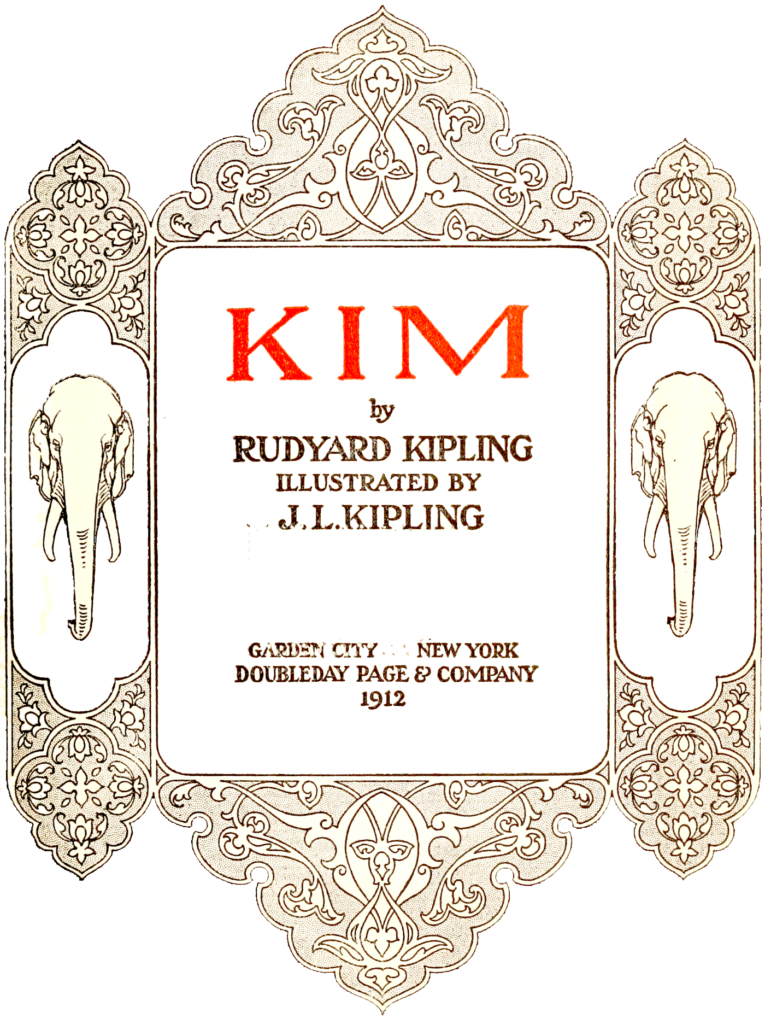
Kim is a novel that captures the complexity and vibrancy of British India through the adventures of its young protagonist, Kimball O’Hara, or Kim. The orphaned son of a British soldier and an Irish mother, Kim grows up as a street urchin in Lahore, blending in with the diverse cultures of India. His life changes when he becomes a spy for the British secret service, navigating the political tensions of the Great Game between Britain and Russia. Kipling’s novel is both a coming-of-age story and a rich portrayal of India’s social, religious, and political landscape. Through Kim’s eyes, readers experience the contrasts of colonial India, from bustling cities to remote monasteries, making Kim a vivid and enduring portrayal of the era’s complexities.
7. Anne of Green Gables by Lucy Maud Montgomery

Anne of Green Gables is a charming and heartwarming novel that has captivated readers for over a century. The story follows Anne Shirley, an imaginative and spirited orphan, who is mistakenly sent to live with Marilla and Matthew Cuthbert, a brother and sister who had intended to adopt a boy to help with their farm in Avonlea, Prince Edward Island. Anne’s exuberance and vivid imagination bring unexpected joy and occasional chaos to the Cuthberts’ quiet lives. Montgomery’s novel is a celebration of the power of imagination, the importance of family, and the beauty of the natural world. Set against the idyllic backdrop of rural Canada, Anne of Green Gables resonates with readers of all ages and continues to be a beloved classic of children’s literature.
8. The Hound of the Baskervilles by Sir Arthur Conan Doyle
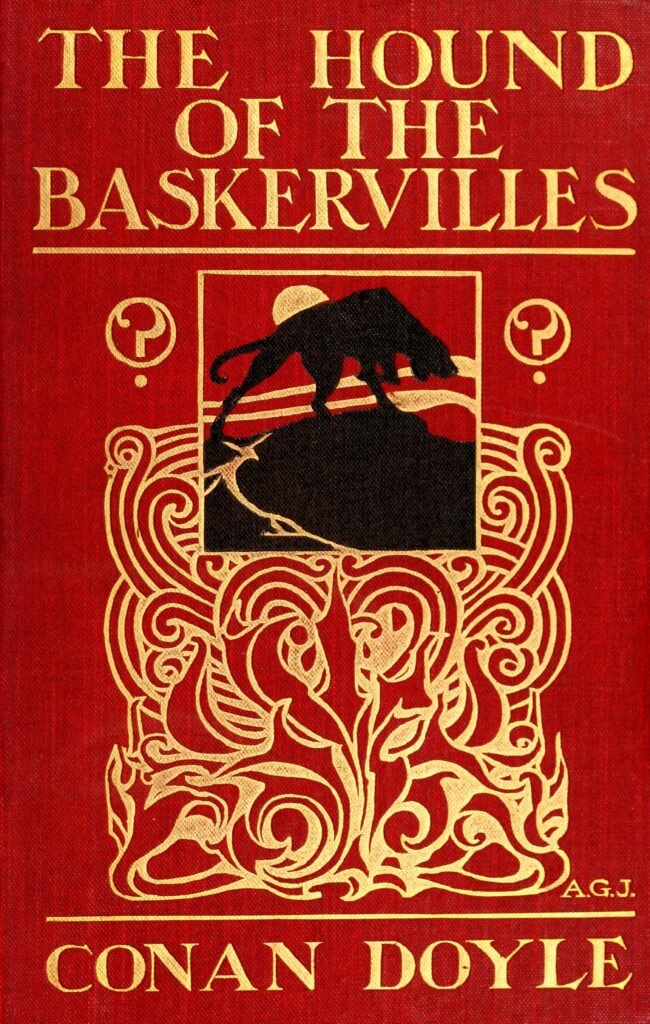
The Hound of the Baskervilles is one of the most famous and enduring Sherlock Holmes mysteries. Set in the eerie moors of Devonshire, the novel follows Holmes and his faithful companion, Dr. Watson, as they investigate the mysterious death of Sir Charles Baskerville. Local legend speaks of a supernatural hound that haunts the Baskerville family, but Holmes suspects a more earthly explanation. Doyle masterfully blends gothic horror with detective fiction, creating a tense and atmospheric story that keeps readers on the edge of their seats. The Hound of the Baskervilles is not only a thrilling mystery but also a reflection of the Edwardian fascination with the supernatural and the rational mind’s triumph over superstition.
9. A Room with a View by E.M. Forster
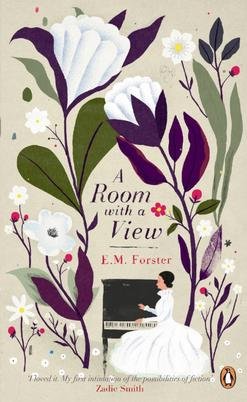
A Room with a View is a romantic comedy that satirizes Edwardian society’s rigid conventions and explores the clash between passion and propriety. The novel follows Lucy Honeychurch, a young woman who travels to Italy with her chaperone, only to find herself torn between two men and two ways of life. George Emerson represents freedom, passion, and a break from societal expectations, while Cecil Vyse embodies the repressive and conventional values of the English upper class. Forster uses Lucy’s journey of self-discovery to critique the constraints of Edwardian society and to advocate for personal freedom and emotional honesty. The novel’s lighthearted tone belies its serious commentary on the need for individuals to break free from societal pressures and live authentically.
10. The Wind in the Willows by Kenneth Grahame

The Wind in the Willows is a delightful and whimsical tale that has enchanted readers of all ages. Set in a pastoral version of Edwardian England, the novel follows the adventures of Mole, Rat, Toad, and Badger, four anthropomorphized animals who live along the riverbank. Grahame’s novel is a celebration of friendship, home, and the joys of the simple life, but it also touches on deeper themes such as the conflict between progress and tradition. Toad’s reckless pursuit of modernity, with his obsession with motorcars, contrasts with the tranquil and timeless world of the riverbank, highlighting the tensions of an era caught between the old and the new. The Wind in the Willows remains a beloved classic, offering both comfort and wisdom through its charming characters and timeless themes.
Conclusion
The novels of the Edwardian era offer a fascinating window into a time of transition, as society grappled with modernity while still holding on to Victorian ideals. These ten novels not only capture the spirit of their age but also continue to resonate with readers today, offering timeless insights into the human condition.
